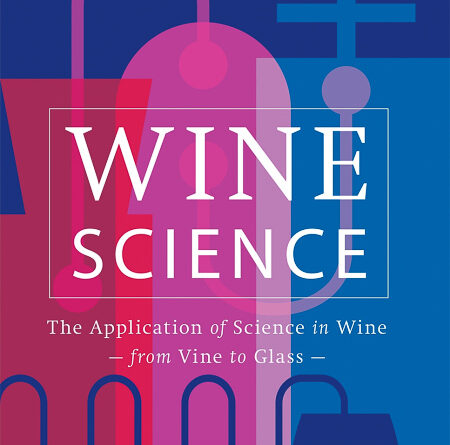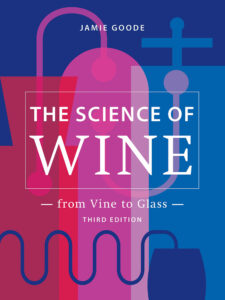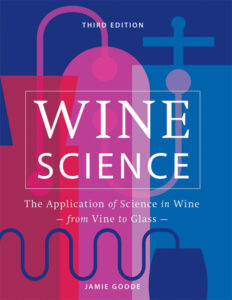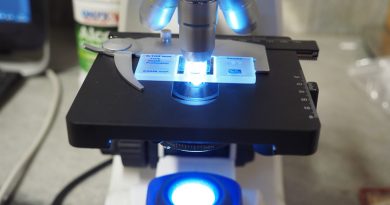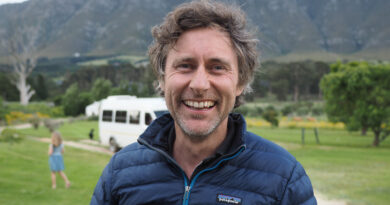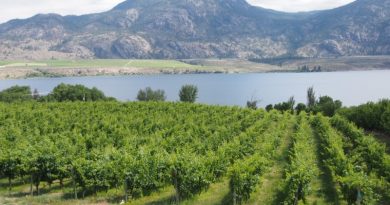My new book! The third edition of Wine Science, launched next week
Next week, the third edition of Wine Science is published by Mitchell Beazley. [In the USA, it’s exactly the same book, but titled The Science of Wine, from vine to glass, and it’s published June 8th.]
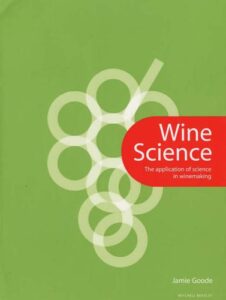
UK Edition 1 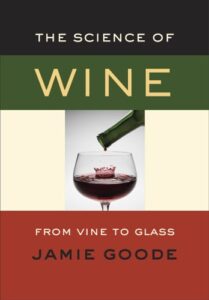
US Edition 1 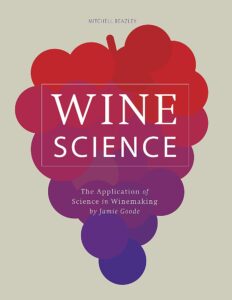
UK Edition 2
Wine Science first came out in 2005, and was a big moment for my fledgling wine writing career. I’d started wineanorak (originally as a hobby site on GeoCities) in 1997, but it became a stand-alone site with its own domain in November 1999 – and everything that has been published on the site is still up there, dating back to a report on my first vineyard visits in 1996.
I still had a day job, but wine was beginning to pay. I started taking advertising on wineanorak in 2000, I got my first writing commission that year, and then I picked up a couple of Harpers commissions from the then editor Tim Atkin in 2001. But I knew I had a book in me. I actually had a book proposal for a very different topic, and I pitched it to Mitchell-Beazley editor Hilary Lumsden. She politely said no, but suggested I should write another book – on Wine Science, given that I was a scientist with an interest in wine. Of course, she was right, and she commissioned me.
It almost failed at the last hurdle, though. Mitchell-Beazley had the book at proof stage, and had agreed to do a co-edition with University of California Press in the USA. They didn’t realize, though, that as a university press, their US partners would send the book out for review. They sent it to two wine scientists in California who both came back with damning reports. Professional jealousy may have been part of the mix, but also they wanted it to be a textbook. They both suggested major changes to make it like a textbook. I was summoned to a meeting at the London Book Fair with someone senior at UCP, as well as someone senior at MB, to see how we might proceed.
I argued my corner. I wasn’t going to change anything. I thought it was a good book, and to make it more like a textbook would make it boring, just like all the existing books on the topic are boring. The strength of the book is that it is readable – it translated the interesting stories in wine science into language that’s more understandable, and the fact that it had interviews and quotes from lots of key people brought it to life. It was also really current. It felt risky to go in with an uncompromising ‘I’m changing nothing and these reviewers are wrong’ line, but in the end we agreed to send it out to fresh, more enlightened reviewers and they loved. The only thing that was changed in the end was the font.
It won a Glenfiddich Award, and came second in the André Simon Awards to Hugh Johnson (tough competition there). And it has sold really well. I’m so glad I didn’t turn it into a textbook.
A second edition, much revised, appeared in 2014. And now, seven years later, and 16 years after its first publication, along comes the third edition. What’s new? About half of the book. Here’s the contents of edition three, notated with the changes. Lots of material has been discarded because of the tight word count, which is a shame, but I had to make room for new material.
What’s new?
Photographs: all are new
Introduction: why wine science?
A new section – ‘completing the loop’ – plus minor changes
1 Biology of the grapevine
This hasn’t changed a lot
2 Terroir: how do soils and climate shape wines?
New section on Maurizio Ugliano’s work, otherwise not many changes
All new illustrations
3 Soils and vines
Minor modifications
4 Climate
Entirely new chapter
5 Pruning, trellis systems, and canopy management
Not many changes but all the illustrations are new
6 When things go wrong
This is entirely new c 10k words – major addition
7 Vine immunity and breeding for resistance
Entirely new chapter
8 Yeasts and bacteria
Extensive modification, including new work on non-Saccharomyces
9 Wine flavour chemistry
Some small changes
10 Phenolics
Entirely new chapter
11 Extraction and maceration
Entirely new chapter
12 Whole cluster and carbonic maceration
About half new
13 Sulfur dioxide
Some changes – about a third new
14 Wine faults
Entirely new chapter
15 The evolution of élevage
Entirely new chapter
16 Flotation and stabulation
Entirely new chapter
17 The science of sweet wine
Entirely new chapter
18 Individual differences
Entirely new chapter
19 The future
Entirely new chapter
Glossary of wine science words
Bibliography

